Explore HX711–24 Bit ADC: Pinout, Pin configuration, Datasheet
Have you ever heard of HX711 Bit ADC? HX711 is often used in conjunction with load cells to create weighing scales. We can find it in our daily life. Besides, with its multiple functions and outstanding features, it is favored by all walks of life such as industrial engineering, medicine, science, and technology. In this post, we will explore what HX711 HX711–24 Bit ADC and load cells, are and how can we use them in different fields.
Understanding load cells: why HX711 is Important?
A load cell is a transducer or sensor that converts a force or load acting on it into an electronic signal. This signal can then be measured, recorded, or used to control various processes. Load cells are used in a wide range of applications where measuring force or weight is crucial. The HX711 acts as a bridge between the analog world (load cell) and the digital world (microcontroller). It ensures that the small analog signal from the load cell is amplified and accurately converted into a digital value that can be used for further processing. Therefore, HX711 always works together with load cells and holds a necessary place. Then, the following sections will explore HX711.
What is HX711?
The HX711 is a precision analog-to-digital converter (ADC) designed for weigh scales and industrial control applications to interface directly with a bridge sensor. It is specifically tailored for weighing scales and applications where high accuracy is required. HX711 ADC is popular in all kinds of fields. But why HX711 is an essential component in a myriad of devices, notably electronic scales?
HX711 Pinout
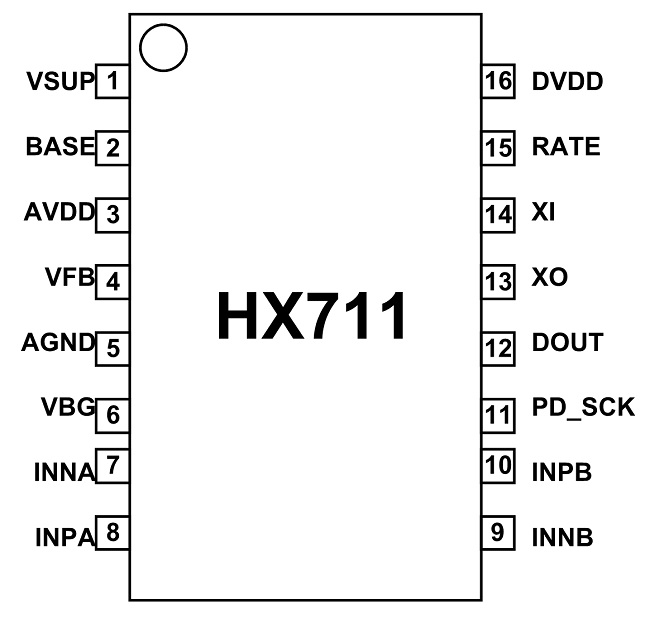
Figure1-pinout
HX711 Pin Configuration
There are 16 pins on HX711. The chip has a number of packages; select one based on your needs. Below is a description for each pin.
|
Pin No. |
Pin Name |
Function |
Description |
|
1 |
VSUP |
Power |
Regulator supply: 2.7to 5.5V |
|
2 |
BASE |
Analog Output |
Regulator control output (NC when not used) |
|
3 |
AVDD |
Power |
Analog supply: 2.6 to 5.5V |
|
4 |
VFB |
Analog Input |
Regulator control input (connect to AGND when not used) |
|
5 |
AGND |
Ground |
Analog Ground |
|
6 |
VBG |
Analog Output |
Reference bypass output |
|
7 |
INA- |
Analog Input |
Channel A negative input |
|
8 |
INA+ |
Analog Input |
Channel A positive input |
|
9 |
INB- |
Analog Input |
Channel B negative input |
|
10 |
INB+ |
Analog Input |
Channel B positive input |
|
11 |
PD_SCK |
Digital Input |
Power down control (high active) and serial clock input |
|
12 |
DOUT |
Digital Output |
Serial data output |
|
13 |
XO |
Digital I/O |
Crystal I/O (NC when not used) |
|
14 |
XI |
Digital Input |
Crystal I/O or external clock input, PIN is LOW: use an on-chip oscillator |
|
15 |
RATE |
Digital Input |
Output data rate control, PIN is LOW: 10Hz; PIN is HIGH: 80Hz |
|
16 |
DVDD |
Power |
Digital supply: 2.6 to 5.5V |
Main Features of HX711
One of the most effective features is that HX711 possesses precision and the capability to accurately measure very small changes in electrical resistance. What is more, there are other key aspects that contribute to its popularity:
- High Resolution: This means it can provide a very high level of precision in its measurements and resolve small changes in voltage, allowing for highly accurate weight measurements.
- Differential Input: The HX711 has a differential input, which can measure the voltage difference between two input terminals. This is crucial for working with load cells, which typically output a small differential voltage signal.
- Built-In Amplification: The HX711 has a built-in amplifier with adjustable gain. This is essential for amplifying the small signal from the load cell, which might be in the millivolt range, to a level that can be accurately digitized.
- Zero Drift: The HX711 is designed to low offset and gain drift. It maintains its accuracy over time, even as environmental conditions change (e.g., temperature variations).
- Tare Functionality: The HX711 often includes a tare function. This allows you to zero out any initial weight (like the weight of a container) so that you're only measuring the net weight.
- Digital Interface: It communicates with a microcontroller using a digital interface (like SPI or I2C), which makes it easy to integrate into various projects.
- Low Noise: The HX711 is designed to be relatively immune to electromagnetic interference and other sources of noise, ensuring that the signal it reads from the load cell is as clean and accurate as possible.
- Cost-Efficient: It's a relatively low-cost component for the level of precision and functionality it provides. This makes it widely accessible for hobbyists, students, and professionals alike.
Common Applications of HX711
The HX711 is commonly used in applications where precise weight measurements are required. This part will introduce HX711 in weight scalls and other common applications.
HX711 in Digital Scales
The HX711 is frequently used in digital weighing scales, from small kitchen to industrial floor scales.
Load Cell Amplifier
Have you ever been curious about load cells? The HX711 is often used as an amplifier for load cells. It amplifies the small analog voltage output of the load cell to a level that can be accurately measured by a microcontroller.
Weighing Systems
It's used in various weighing systems for industrial and commercial purposes, such as the conveyor belt for checking luggage at the airport., packaging machines, and filling machines. These systems need accurate weight measurements for processes like packaging and quality control. Have you ever thought about the principle of these weighing systems?
Other HX711 Applications
In addition to the applications mentioned above, HX711 is also applied in Force Measurement, Smart Agriculture, Automated Dispensing Systems, Medical and Health Monitoring, Vehicle Weighing
HX711 works with Arduino
In the above section, we have explored key features and common applications of HX711. HX711 Amplifier always works together with Arduino and load cells to create a digital scale. In this section, we will introduce basic steps to use the HX711 with an Arduino.
Step1: Wiring HX711 pinout on Arduino
Connect the VCC pin of the HX711 to the 5V output on your Arduino. GND pin can connect the ground (GND) pin on your Arduino. DT (data) pin of the HX711 to a digital pin on your Arduino. Connect the SCK (clock) pin of the HX711 to another digital pin on your Arduino.

Figure2-Wiring HX711 pinout on Arduino
Step2 Installing Library:
You will need to install the HX711 library in your Arduino IDE. This library simplifies communication with the HX711 module.
Step2: Programming the HX711
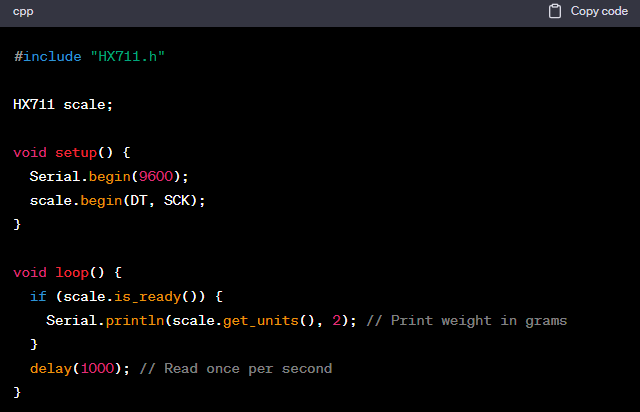
Figure3-Programming the HX711
Make sure to replace DT and SCK with the actual PINs you've used for data and clock.
Power Supply Considerations:
Depending on your application, you might need an external power supply for the HX711 module if the load cells draw too much current for the Arduino's 5V pin.
Remember to handle the load cells carefully and make sure they are correctly calibrated for accurate readings. Calibration instructions are usually provided by the manufacturer of the load cells you're using.
HX711 PDF
HX711 Datasheet

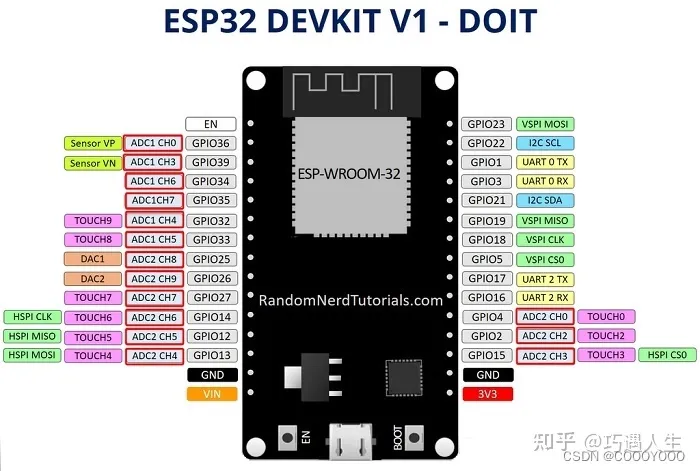 How to resolve the WiFi and ADC2 Sharing Dilemma?4/19/2024 34
How to resolve the WiFi and ADC2 Sharing Dilemma?4/19/2024 34ESP32-CAM can be used in various Internet of Things situations and is suitable for home smart devices, industrial wireless control, wireless Monitoring, QR wireless identification, wireless positioning system signals, and other IoT applications are ideal solutions for IoT applications.
Read More >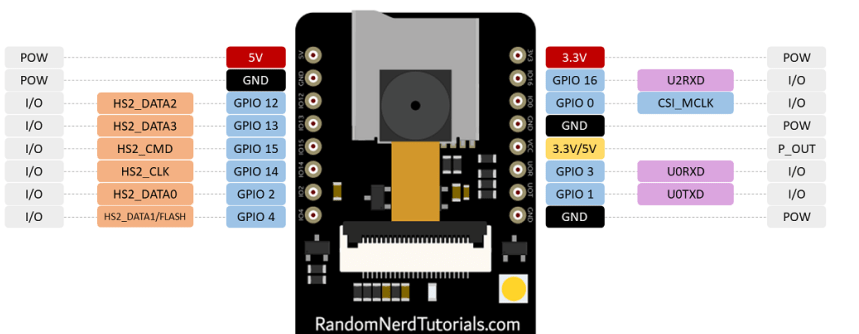 ESP32-CAM Pinout Explanation and How to Use?4/18/2024 105
ESP32-CAM Pinout Explanation and How to Use?4/18/2024 105ESP32-CAM is a development board with an ESP32-S chip, an OV2640 camera, a microSD card slot, and several GPIOs for connecting peripherals. ESP32-CAM is a small-sized camera module. The module can work independently as the smallest system, with a size of only 27*40.5*4.5mm.
Read More >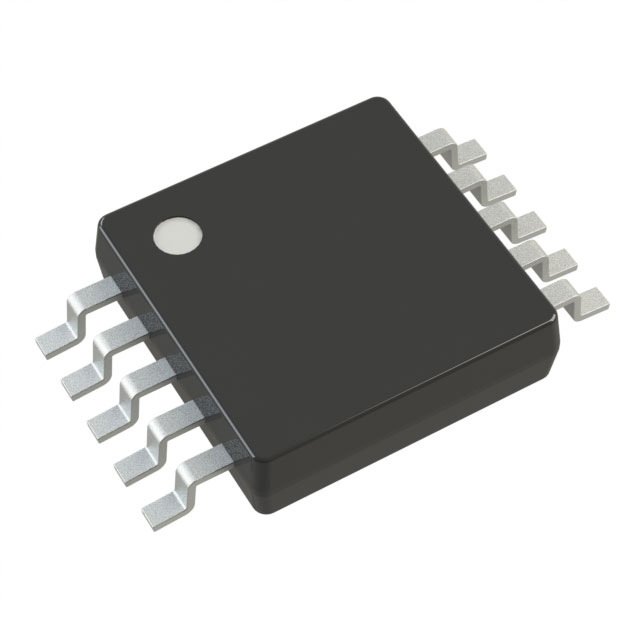 Stand-Alone Linear Li-Ion / Li-Polymer Charge Management Controller MCP738334/9/2024 65
Stand-Alone Linear Li-Ion / Li-Polymer Charge Management Controller MCP738334/9/2024 65The MCP73833/4 is a highly advanced linear charge management controller for use in space-limited, cost sensitive applications. Both a 10-lead, MSOP and a 10-lead, DFN packaging measuring 3 mm by 3 mm are offered for the MCP73833/4. In addition to its tiny size, the MCP73833/4 is perfect for portable applications because it requires a few additional components.
Read More >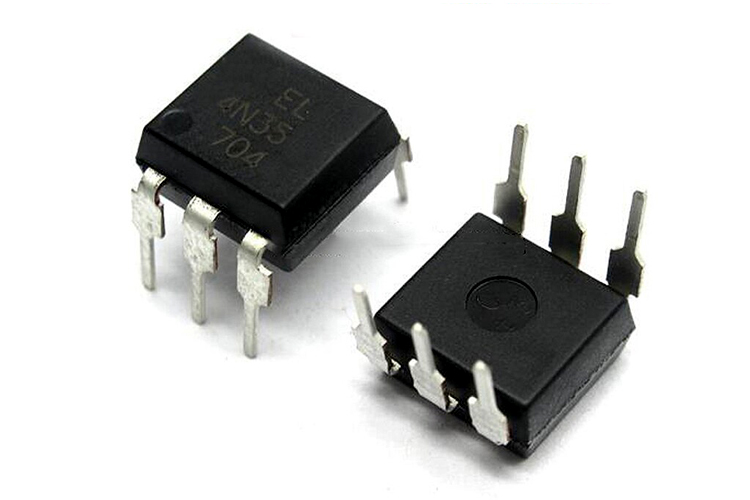 Optocoupler IC 4N35: Pinout, Datasheet, Features and Applications3/26/2024 115
Optocoupler IC 4N35: Pinout, Datasheet, Features and Applications3/26/2024 115In the realm of electronics, where connectivity and isolation are paramount, the 4N35 optocoupler IC stands as a beacon of reliability and versatility. This small yet mighty device plays a crucial role in ensuring signal integrity and safety across a wide range of applications. In this article, we delve into the intricacies of the 4N35 optocoupler IC, exploring its datasheet, pinout, circuit diagram, and diverse uses.
Read More >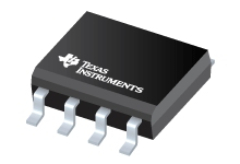 UA741CP datasheet ,Specification, Features and Application3/21/2024 118
UA741CP datasheet ,Specification, Features and Application3/21/2024 118The UA741CP is a general-purpose operational amplifier in an 8-pin DIP package. The high common-mode input voltage range and lack of latch-up make the amplifier ideal for voltage follower applications.
Read More >











